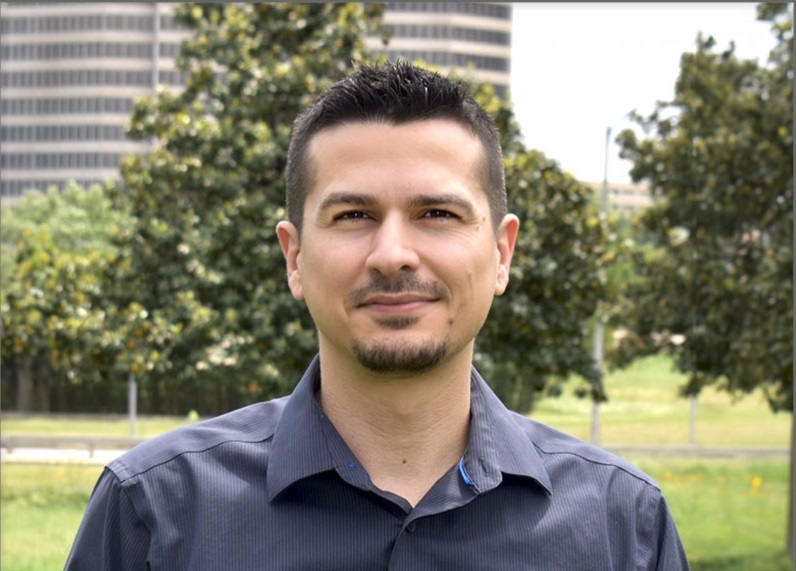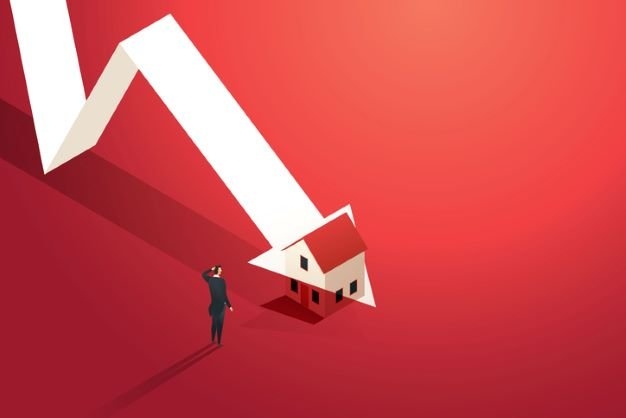Advertisement
Reverse mortgage volume nearly doubles from last year
On second homes, baby boomers not acting differently than their parentsMortgagePress.comBaby boomer home-buying habits
In 2004, 43 million American households with heads aged 50 or
older owned their main residences, according to "Housing Trends
Among Baby Boomers," a study conducted by Gary V. Engelhardt and
jointly sponsored by Radian and the Research Institute for Housing
America. Fifteen percent of this group, or 6.6 million households,
also owned second homes. The second home market is relatively
small, but there will be sustained future growth in second home
mortgage activity due to the sheer size of the baby boom cohort and
not because baby boomers own these properties at a higher rate than
older generations.
Doug Duncan, the Mortgage Bankers Association's (MBA's) chief
economist and senior vice president of research and business
development, said, "This study provides a wealth of valuable market
intelligence for MBA members. There have been relatively few
scientific studies on second home ownership and mortgage activity.
The report indicates that baby boomers are not acting differently
than their parents when it comes to second home ownership. However,
the baby boom cohort is so large; even if they follow typical
buying patterns, they will have significant impacts on many local
housing markets."
Key findings from the study include:
• 6.6 million homeowners aged 50 and older own second
homes.
• Second home purchases are geographically concentrated in
well known vacation areas. As a result, local and regional economic
conditions related to employment growth and migration will have
important influences on the collateral value and credit risk of
these properties.
• Mortgage debt outstanding on second homes is estimated to
total $126 billion. Only a small percentage of second homes owned
by those 50 and over have outstanding mortgages. Second home
mortgage originations comprised only about four percent of overall
mortgage market originations.
• The typical second home is held for about 15 years, but
turnover is high: 45 percent of older homeowners with such homes
disposed of them within the six year window of the data analyzed.
Changes in marital status and health, rather than income or
employment, drove the decision to dispose of second homes and,
hence, prepay second home mortgages.
• Most second home owners make limited use of their homes:
one half spend two weeks or less and two thirds spend four weeks or
less per year in these homes. Also, only 12 percent of owners
intend to sell their main homes and eventually occupy their second
homes.
• Second homes are a small portion of the typical asset
portfolio of an older household and are not important drivers of
investment decisions.
For more information, visit www.housingamerica.org.
About the author





